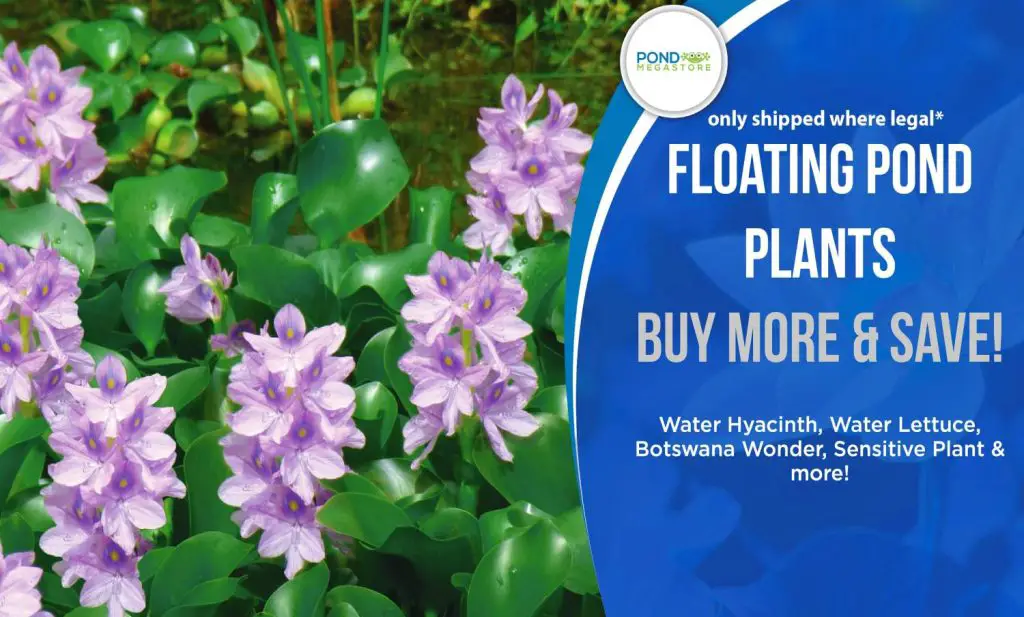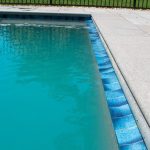Where to Buy Pond Plants: A Complete Guide for a Lush and Healthy Water Garden
You Can Buy Artificial Pond Plants To Decorate Your Pond

If you’re looking to create a beautiful and healthy water garden, adding pond plants is an essential step. Not only do pond plants enhance the aesthetic appeal of your water feature, but they also play a crucial role in maintaining a balanced ecosystem. From oxygenating the water to providing shelter for aquatic life, pond plants are invaluable additions to any pond or water garden.
When it comes to purchasing pond plants, it’s important to choose the right sources to ensure that you’re getting high-quality, healthy specimens. In this comprehensive guide, we’ll explore the best places to buy pond plants, whether you’re a beginner water gardener or a seasoned enthusiast looking to expand your plant collection.
1. Local Garden Centers and Nurseries
One of the most accessible and reliable options for purchasing pond plants is your local garden center or nursery. These establishments often carry a variety of aquatic plants, including water lilies, lotus, water hyacinth, and more. Visiting a local garden center allows you to personally inspect the plants and seek advice from knowledgeable staff members who can provide guidance on plant selection and care.
2. Online Retailers and Specialty Suppliers
In today’s digital age, online retailers and specialty suppliers offer a convenient way to access a wide range of pond plants. From hardy marginals to floating plants, online stores provide a diverse selection to suit different water garden environments. When purchasing pond plants online, be sure to read customer reviews, check the seller’s reputation, and inquire about shipping and handling procedures to ensure that your plants arrive in optimal condition.
3. Aquatic Plant Shows and Expos
Attending aquatic plant shows and expos can be an exciting and immersive way to explore a vast array of pond plants. These events often feature reputable vendors and enthusiasts who are passionate about aquatic gardening. Not only can you purchase unique and rare specimens, but you can also network with fellow water garden enthusiasts and gain valuable insights into plant care and maintenance.
4. Local Pond and Water Garden Clubs
Joining a local pond or water garden club can open doors to a community of like-minded individuals who share a passion for aquatic plants and gardening. Many clubs organize plant swaps, sales, and group purchases, providing members with access to a diverse selection of pond plants at reasonable prices. Additionally, club members can offer firsthand experience and advice on cultivating healthy pond plants in your specific climate and growing conditions.
Here Is An Artificial Plant Pad For Your Pond Decor

5. Certified Aquatic Plant Suppliers
For those seeking premium quality pond plants, certified aquatic plant suppliers are an excellent choice. These suppliers adhere to strict standards for plant health and quality, ensuring that you receive top-tier specimens for your water garden. By purchasing from certified suppliers, you can have peace of mind knowing that your pond plants are free from pests and diseases, setting the stage for a thriving and sustainable aquatic environment.
6. DIY Propagation and Local Communities
In some cases, you may be able to source pond plants through DIY propagation or local community connections. Certain aquatic plants, such as water irises and water hyacinth, can be propagated from existing specimens, allowing you to expand your plant collection at little to no cost. Furthermore, reaching out to local gardening groups, nature centers, or conservation organizations may lead to opportunities to acquire pond plants from fellow gardeners or conservation efforts.
Tips for Buying Pond Plants
Regardless of where you choose to buy pond plants, there are several key factors to consider to ensure that you’re making informed purchases:
1. Selecting Healthy Plants: Look for pond plants with vibrant foliage, free from yellowing or browning. Avoid specimens with signs of pests, diseases, or damage.
2. Researching Plant Requirements: Before making a purchase, research the specific requirements of each plant species, including sunlight, water depth, and soil type, to ensure that they are compatible with your water garden conditions.
3. Considering Local Regulations: Be aware of any local regulations or restrictions on certain pond plants to prevent the introduction of invasive species into natural waterways.
4. Inquiring About Guarantees: When buying pond plants, inquire about any guarantees or return policies in case the plants do not thrive after transplantation.
5. Planning for Seasonal Variations: Depending on the time of year, availability of certain pond plants may vary. Consider the seasonal aspects of plant selection and plan your purchases accordingly.
In conclusion, the availability of pond plants from various sources offers water garden enthusiasts a wealth of options to create and enhance their aquatic landscapes. Whether you prefer the hands-on experience of selecting plants in person at a local garden center or the convenience of browsing a diverse online catalog, the key is to prioritize the health and compatibility of the plants with your water garden’s unique ecosystem. By choosing the right sources and following best practices for plant selection, you can cultivate a lush and vibrant water garden that brings joy and tranquility for years to come.





